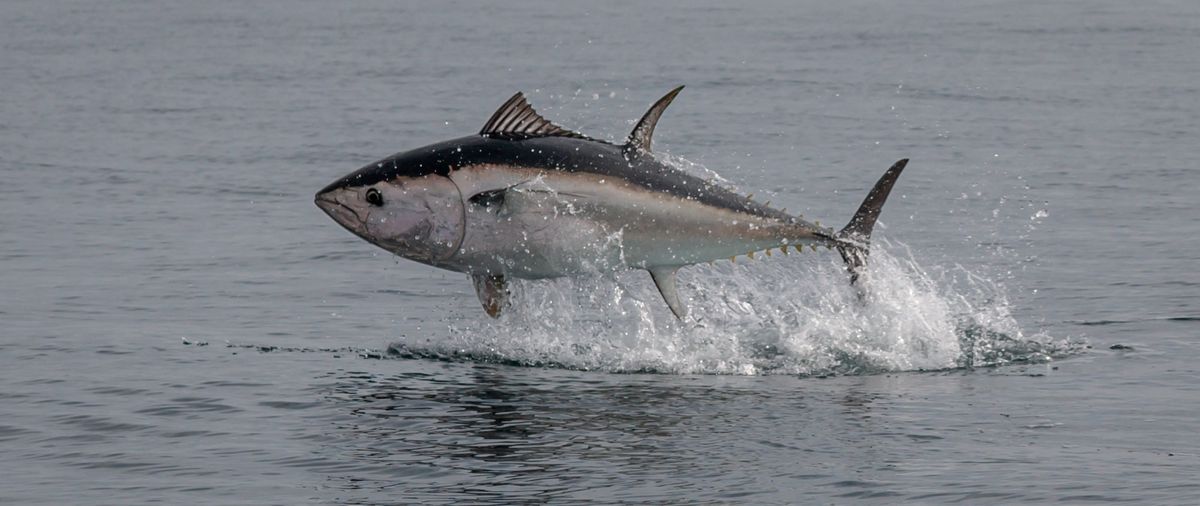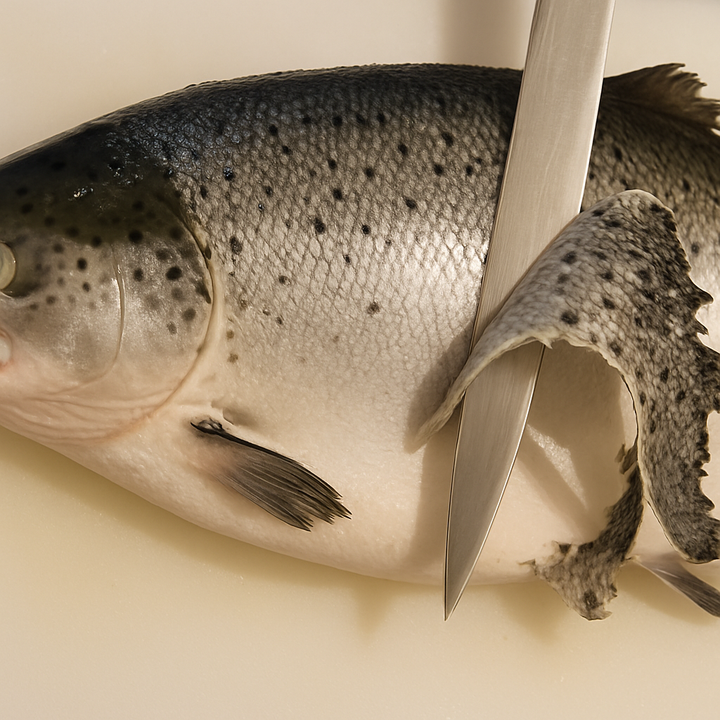Tuna Sustainability Guide: To Savor or Skip
Indulging in luxurious sushi-grade tuna comes with an environmental responsibility; with rising overfishing and 40% of popular tuna failing sustainability standards, mindful consumption is now a necessity, not an option.

Savoring a delectable slice of sushi-grade tuna at a high-end restaurant is undeniably a luxurious experience.
But as you indulge, it's vital to consider the environmental price tag. The U.S. alone consumes nearly two pounds of canned tuna per person each year.
While there are sustainable options available, over 40% of the world's most caught tuna types don't meet Seafood Watch's sustainability standards.
Tuna's rise from a household staple to a gourmet delicacy has escalated overfishing to alarming levels.
True opulence isn't merely about lavish seafood consumption; it incorporates sustainability. When delighting in the ocean's finest, mindful eating is no longer optional—it's a requirement.
What is Tuna Sustainability?
Tuna sustainability refers to ethical fishing and consumption practices aimed at preserving tuna populations for the long term.
It's not just about catching fish; it's about maintaining a balanced marine ecosystem, ensuring that we don't deplete a resource that's critical both to ocean health and culinary luxury.
Traditional fishing techniques, such as using nets or fish aggregating devices, often have high by-catch rates, meaning they inadvertently trap other marine species.
In contrast, methods like pole and line fishing are more selective, significantly reducing by-catch and lessening the impact on marine biodiversity.
Why is Tuna Sustainability Important?
Environmental Repercussions
Unsustainable tuna fishing practices trigger a damaging chain reaction in marine ecosystems.
For instance, by-catch from large nets can decimate dolphin and sea turtle populations, further upsetting the marine food chain—a phenomenon known as "trophic cascade."
The Economics of Rarity
Take the Bluefin tuna, a gourmet's delight. As overfishing has depleted its numbers, prices have skyrocketed. A single Bluefin once fetched $3 million in Tokyo's Tsukiji fish market.
While its scarcity inflates its luxury status short-term, the long-term reality could be its complete disappearance from both the ocean and our menus.
Livelihoods at Risk
Overfishing doesn't just endanger marine life; it jeopardizes human livelihoods. The decline in tuna populations can lead to the collapse of entire fishing communities, bringing about economic hardship that lasts generations.
Key Facts and Insights: Tuna Sustainability
From a modest 660,000 tons caught in the 1950s to an eye-popping 7 million tons today, according to National Geographic, tuna has ascended from a simple sandwich filler to a gourmet delicacy.
Yet, this popularity comes at a cost. Bluefin tuna populations, for instance, have plunged, with some estimates suggesting a decline of up to 96% from original levels.
Moreover, fishing techniques like longlining, which can deploy up to 3,000 hooks, jeopardize not just tuna but 80 other species, some critically endangered.
Contrary to popular belief, "tuna" isn't a single species but a term that covers multiple species of fish.
By understanding these facts and figures, connoisseurs can make more informed choices, balancing their love for gourmet tuna with the urgent need for sustainability.
Navigating the Intersection of Health and Luxury in Tuna Consumption
The Mercury Quandary
Even though larger tuna species like Bluefin boast a rich, luxurious flavor, they come with health caveats.
Predominantly, the concern is elevated mercury levels. These apex predators feed at the top of the marine food chain, accumulating toxins over time.
While seafood is a cornerstone of a balanced diet, certain populations like expectant mothers should exercise caution.
Your Guide to Enlightened Choices
Before splurging on an expensive tuna dish, arm yourself with knowledge.
Reputable guides like the National Geographic Seafood Decision Guide are invaluable resources for staying updated on eco-friendly and health-conscious selections.
Fine Dining with 'Ahi'
You may come across the term 'ahi' on gourmet menus, especially in upscale dining venues. Known for its delicate taste and robust texture, 'ahi' is the Hawaiian name for yellowfin tuna.
Despite its culinary allure, it's vital to choose only pole-caught yellowfin to adhere to sustainability principles. Longline-caught specimens can contain higher mercury levels, tipping the health scales negatively.
The Bluefin Conundrum
In the realm of sushi and sashimi, you'll often find "maguro" listed, a broad term that simply means "tuna" in Japanese. High-end sushi establishments in the U.S. frequently serve top-grade yellowfin under this umbrella term.
If you're a sushi connoisseur, the term "toro" probably makes your mouth water. This delectable, fatty belly cut traditionally hails from Bluefin tuna, a species now critically endangered.
Instead of foregoing this culinary delight, inquire about the fishing methods used to catch the Bluefin.
Opting for sushi and sashimi preparation made from sustainably caught Bluefin allows you to indulge while still being environmentally conscious.
The Affordable Luxury of Bigeye
If the pricing on a "toro" cut seems too economical, it's likely not Bluefin but a more eco-friendly alternative like bigeye tuna.
Although more sustainable than Bluefin, be cautious; bigeye can still contain elevated mercury levels, particularly if it’s not pole-caught.
Sustainable Method of Catching Tuna
Catching tuna in a sustainable manner is both an art and a science, and not all techniques are created equal. Here are two eco-friendly fishing methods you'll want to know about: pole & line/handline and trolling.
Pole & Line/Handline Fishing: This ancient technique makes use of a bait boat to lure schools of tuna using live bait like sardines or anchovies. Once the feeding frenzy begins, fishermen individually reel in younger, migratory tuna using a pole and line.
Trolling: A somewhat more modern approach, trolling involves the use of barbless artificial lures, also known as 'jigs.' The boat moves at a slow pace, trailing multiple fishing lines, each fitted with these specially designed jigs that attract the desired tuna species.
The beauty of these methods lies in their minimal bycatch—the inadvertent capture of non-target species.
Opting for these sustainable practices helps marine ecosystems replenish naturally, preserving the health and diversity of ocean life.
Be a Gourmet with a Conscience
To dine responsibly, it's crucial to ask your server or chef not just about the type and origin of the tuna, but also about the method by which it was caught.
If the answers are unclear or don't align with sustainable practices, consider exploring other gourmet options on the menu.


